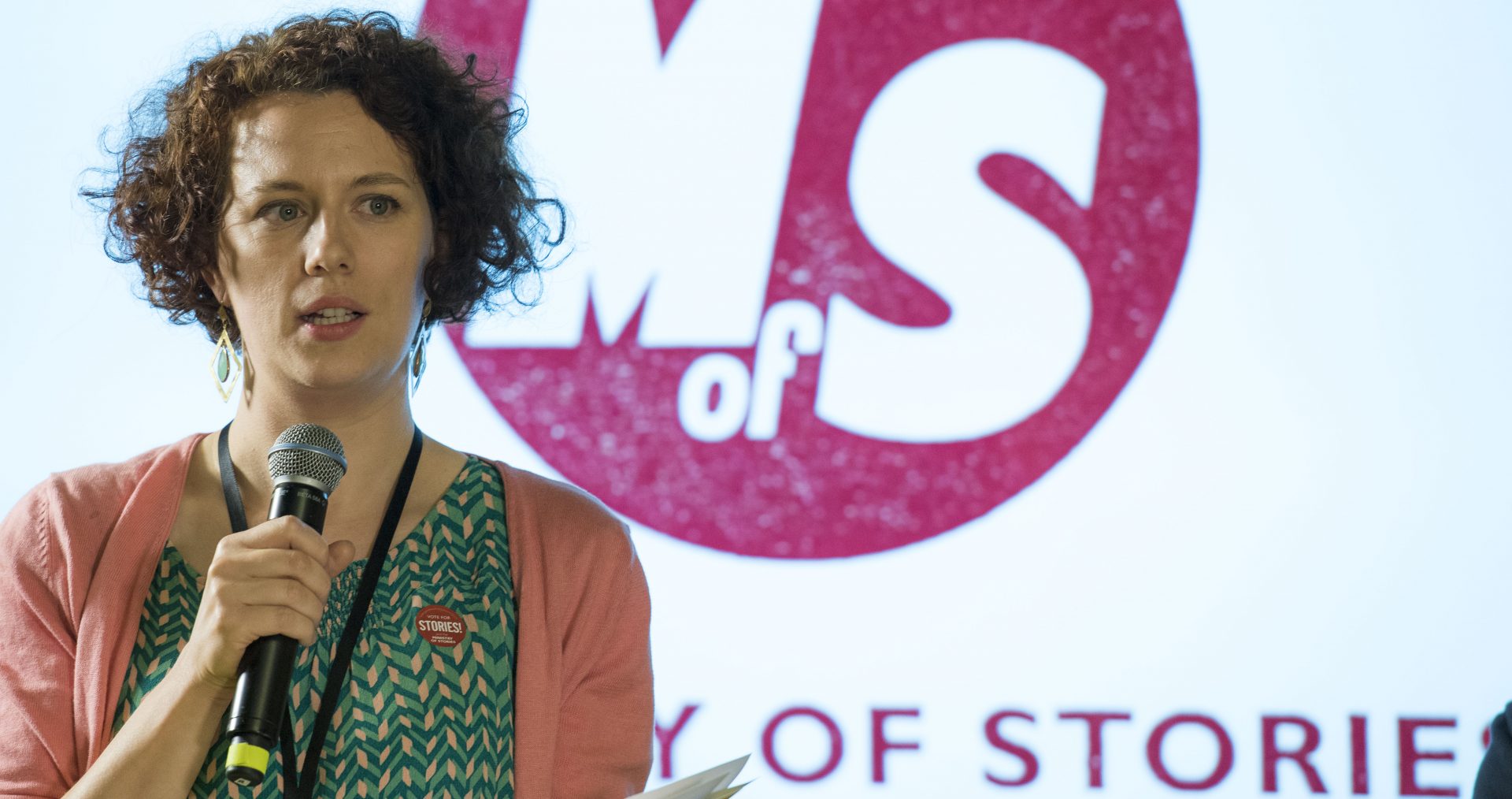Creativity and the Curriculum: report from London Festival of Education
We love working with schools, bringing our teams of volunteers and professional writers to work with teachers in class to tackle all kinds of writing challenges.
It’s not always easy for schools to work with creative organisations though.
We visited the London Festival of Education and ran a workshop with a lively room of teachers, heads and arts organisations to ask:
How can schools and creative organisations best work together?
We structured the workshop around three key questions we had uncovered through conversation with Colin Dowland, headteacher of Dollis Junior School in Barnet.
- What makes for a great experience, and what doesn’t work?
- How can we fund this kind of work?
- What are the barriers to schools working with creative organisations? How can they be overcome?
Several people agreed that artists’ residencies in school were a powerful way of working.
The involvement of a whole school, and the opportunities that arise for teachers as well as pupils, mean a truly inclusive approach.
Making art part of the school community affords opportunities for every child to shine, outside the assessment frameworks, and gives children something to write about.
We heard about great and not so great experiences with teacher involvement.
Having a lead member of school staff who really drives the work forward is a sure fire way to succeed. And giving the pupils a role in hosting and leading the final sharing of their work makes a big difference.
What we all wanted was more replication, sharing of good practice between creatives and teachers, and great conversations. Both schools and creative organisations need to be responsive to each others’ needs and strengths.
So how can we fund this work?
School budgets are tight and departmental budgets can often reach only as far as curriculum support and resources. We got creative thinking about ways to get around this, from schools sweet talking administrators at creative organisations for discounts, to crowd funding. Pupil premium funding may help, or Schools’ Lottery. Thinking creatively about funding is important.
The group identified several barriers to schools engaging with arts organisations, namely budget constraints; curricular timetable pressure; a lack of qualitative evidence for project outcomes, and a lack of support from the headteacher or senior team. As we discussed it further, the idea emerged that perhaps with the latter in place (a keen, supportive headteacher who engages with arts organisations and sees their value), the other barriers become surmountable.
We also talked about the fact that negative experiences of working with external arts organisations can be very off-putting to schools, and how important it is that schools are well-networked to share examples of great practice and make recommendations of excellent arts providers.
As well as networking, forums, and generally good information sharing being one way to overcome the aforementioned barriers, we spoke about other ways schools might be encouraged to engage.
Could children lead the way?
Many people agreed that child leadership could break down barriers, and that listening to children could open things up and help schools make the most of London’s rich cultural offer.







